Creating a satin dress that drapes beautifully and feels luxurious requires more than just choosing the right outer fabric — the lining plays a crucial role in the overall look, comfort, and quality. Understanding the best lining for satin dress is essential whether you’re a designer, home sewer, or fashion enthusiast. The right lining enhances the dress’s structure, prevents static cling, and provides a smooth layer against the skin, ensuring that your satin masterpiece both looks and feels flawless.
In this comprehensive buying guide, we’ll explore what makes the best lining for satin dresses, the types of fabrics that pair perfectly with satin, and expert tips for choosing and caring for your lining.
Understanding the Importance of Lining in a Satin Dress
Before diving into which fabric works best, it’s important to understand why lining is essential in a satin dress:
- Adds Comfort: Satin can sometimes stick to the skin, especially in warm weather. A smooth lining allows the dress to glide easily and feel comfortable.
- Improves Structure: Lining gives the dress body and helps it maintain its shape.
- Prevents Transparency: Lightweight satin can be semi-sheer; a lining ensures modesty.
- Enhances Durability: It protects the outer satin from sweat and oils, extending the life of the dress.
- Provides a Professional Finish: Lining hides raw seams and makes the dress look well-tailored from the inside out.
What to Look for in the Best Lining for Satin Dress
When selecting the best lining for your satin dress, consider the following factors:
1. Fabric Compatibility
The lining should complement satin’s soft, slippery texture. Choose fabrics that move similarly to satin to prevent bunching or twisting.
2. Breathability
Since satin can trap heat, opt for breathable linings like cotton, rayon, or silk to ensure comfort throughout the day.
3. Weight and Drape
Lightweight linings work best with satin to avoid adding bulk. The lining should flow naturally with the outer fabric.
4. Color Coordination
Always match the lining color with your satin fabric. For light satin shades, use nude, ivory, or white linings; for dark tones, use black, navy, or matching hues.
5. Ease of Sewing
Certain linings, like polyester or silk, can be slippery. Beginners may prefer rayon or cotton blends for easier handling.
Top Fabric Options: The Best Lining for Satin Dress
Here are the most popular and effective linings that pair beautifully with satin:
1. Silk Habotai Lining
Silk Habotai is one of the finest choices for satin dresses. It is lightweight, breathable, and has a natural sheen that complements satin’s glossy finish.
- Pros: Luxurious feel, breathable, drapes beautifully
- Cons: Expensive and requires delicate care
- Best for: Bridal gowns, evening wear, and luxury dresses
2. Rayon Bemberg Lining
Often considered the gold standard of dress linings, rayon Bemberg is soft, breathable, and smooth against the skin. It offers the comfort of silk at a more affordable price.
- Pros: Breathable, smooth texture, anti-static
- Cons: Can shrink if not pre-washed
- Best for: Satin cocktail dresses and formal wear
3. Polyester Lining
Polyester linings are commonly used due to their affordability and availability. They are durable and easy to maintain, making them a good choice for everyday satin dresses.
- Pros: Inexpensive, durable, wrinkle-resistant
- Cons: Less breathable than natural fibers
- Best for: Budget-friendly satin dresses and evening gowns
4. Cotton Voile or Lawn
Cotton voile is lightweight, soft, and breathable, offering comfort and structure. It’s especially suitable for satin day dresses or summer wear.
- Pros: Comfortable, breathable, easy to sew
- Cons: Less smooth and luxurious than silk or rayon
- Best for: Casual satin dresses and linings for warm climates
5. Acetate Lining
Acetate linings mimic silk’s luxurious look and feel but at a lower cost. They are smooth, glossy, and perfect for satin’s texture.
- Pros: Glossy appearance, comfortable, drapes well
- Cons: Less durable, sensitive to water
- Best for: Evening gowns, bridesmaid dresses, and vintage-style satin garments
6. Stretch Lining (Spandex Blends)
If your satin fabric has some stretch, pairing it with a stretch lining is essential to maintain flexibility and fit.
- Pros: Moves with the body, prevents fabric strain
- Cons: Limited color options
- Best for: Fitted satin dresses, mermaid gowns, and bodycon silhouettes
Matching Lining Types with Satin Dress Styles
Different types of satin dresses require different linings for optimal results.
| Satin Dress Style | Recommended Lining Type | Notes |
|---|---|---|
| Bridal or Evening Gown | Silk Habotai or Rayon Bemberg | Luxurious feel and natural drape |
| Summer or Day Dress | Cotton Voile or Rayon | Lightweight and breathable |
| Formal Dress | Acetate or Polyester | Smooth finish and elegant flow |
| Stretch Satin Dress | Stretch Lining (Spandex) | Allows movement and comfort |
| Vintage-Inspired Dress | Acetate or Silk | Maintains authentic, elegant look |
How to Choose the Right Lining for Your Satin Dress
Selecting the best lining for satin dress involves balancing practicality, comfort, and appearance. Here’s a step-by-step guide:
- Assess Your Dress Design: Determine if the dress is structured, flowy, or fitted.
- Consider the Occasion: For formal events, opt for luxurious linings like silk; for casual wear, rayon or cotton will suffice.
- Match Fabric Behavior: Ensure both the lining and satin have similar stretch and drape.
- Pre-Wash Fabrics: Always pre-wash the lining (if applicable) to prevent shrinkage after sewing.
- Choose Comfort Over Cost: If your dress will be worn for long hours, invest in breathable and soft linings.
How to Sew and Attach Lining to Satin
Working with satin and lining requires precision to achieve a clean, professional result.
- Use a Fine Needle (Size 9-11): Prevents snagging on delicate fabrics.
- Sew Slowly and Smoothly: Satin and linings can slip easily.
- Press Gently: Use low heat with a pressing cloth to avoid shine marks.
- Finish Seams Carefully: Consider French seams or overlocking for a clean interior.
Maintenance Tips for Satin Dress Linings
To ensure your satin dress and its lining last for years:
- Dry Clean Only: Satin and silk linings are best maintained through professional cleaning.
- Store Properly: Keep the dress in a breathable garment bag to avoid moisture buildup.
- Avoid Direct Sunlight: Both satin and linings can discolor under UV exposure.
- Handle with Care: When ironing, always use low heat or steam with a cloth barrier.
Common Mistakes to Avoid When Choosing Lining
- Using Heavy Linings: They can make the satin drape awkwardly and add unnecessary bulk.
- Ignoring Breathability: Non-breathable linings trap heat and reduce comfort.
- Color Mismatch: Using a dark lining under light satin can show through the outer layer.
- Skipping Pre-Washing: Linings that shrink after sewing can distort the dress shape.
Expert Recommendations: Top Picks
- Luxury Choice: Silk Habotai — unmatched elegance for bridal or designer gowns.
- Budget Choice: Rayon Bemberg — comfortable, smooth, and cost-effective.
- Practical Choice: Polyester Lining — durable and easy to maintain for daily wear.
- Eco-Friendly Choice: Cotton Voile — breathable and sustainable for lightweight satin dresses.
- Flexible Choice: Spandex Blended Lining — ideal for fitted satin styles.
Final Thoughts
Choosing the best lining for satin dress ensures your garment not only looks beautiful but also feels comfortable and lasts longer. The right lining enhances drape, prevents cling, and adds structure — turning your satin fabric into a perfectly polished piece. Whether you prefer the luxury of silk, the practicality of rayon, or the versatility of polyester, investing in the right lining fabric will elevate your sewing project and make your satin dress shine from the inside out.
1. Silky Rayon Bemberg Lining Fabric 60″ Wide
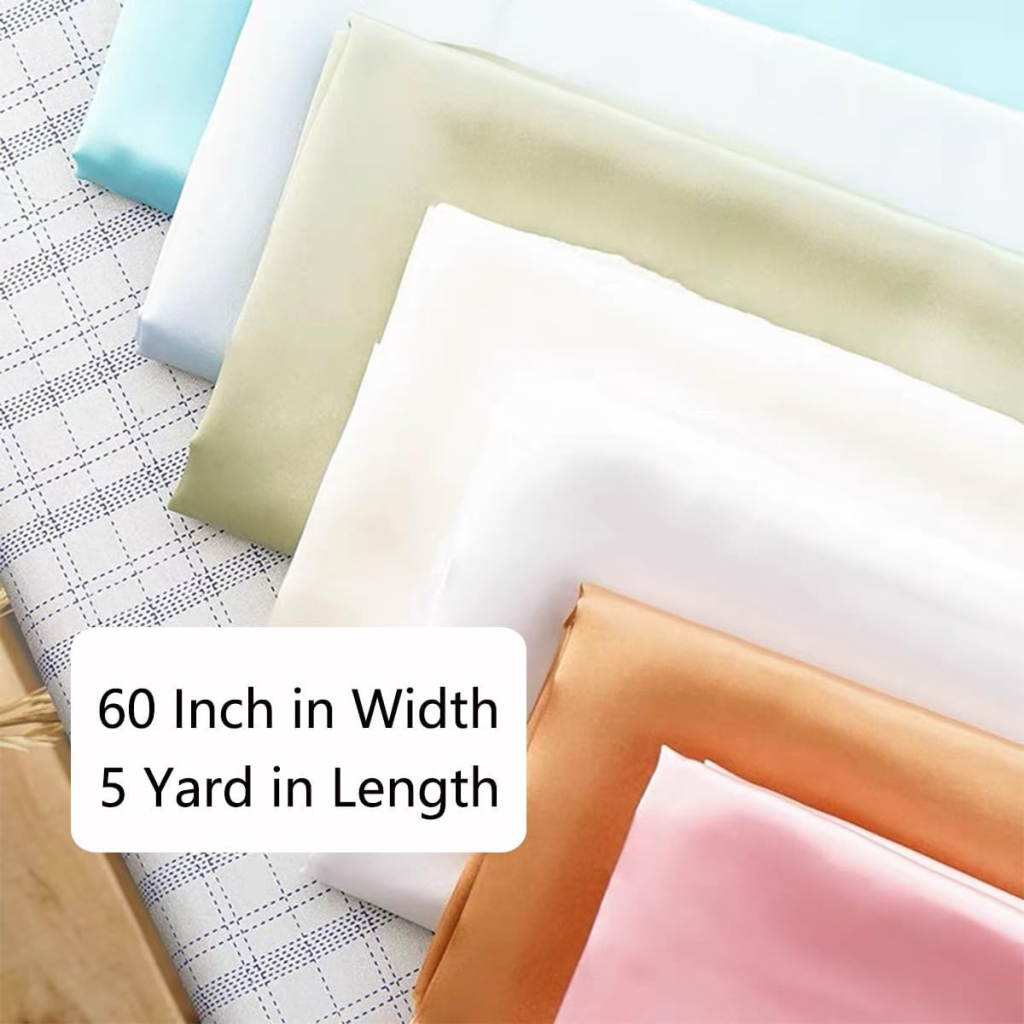
Product Description
This is a rayon Bemberg (cupro) lining fabric, 60 inches wide, often offered by the yard (e.g. 1 yard, 3 yards, etc.). It has a smooth, silky hand, excellent drape, and low static cling, making it one of the top choices for lining satin dresses, formal wear, and high-end garments.
Key Features
- 60″ (≈152 cm) width — wide enough for full skirts
- Silky, smooth surface — glides against the skin
- Breathable and lightweight
- Semi-matte finish (not overly shiny)
- Good dyeability — available in many colors
Pros
- Comfortable to wear and not sticky
- Great drape — enhances the flow of satin
- Reduces static cling
- Widely available color options
- Works well for more premium garments
Cons
- More expensive than simple polyester linings
- Prone to shrinking if not pre-washed properly
- Needs careful handling (slippery to sew)
Recommendation
If you’re making a satin evening gown, wedding dress, or any garment where comfort and quality matter, this rayon Bemberg lining is a top-tier choice. Pre-wash carefully, and take your time sewing — it’s worth the effort for the result.
2. Silk Habotai Lightweight Lining Fabric
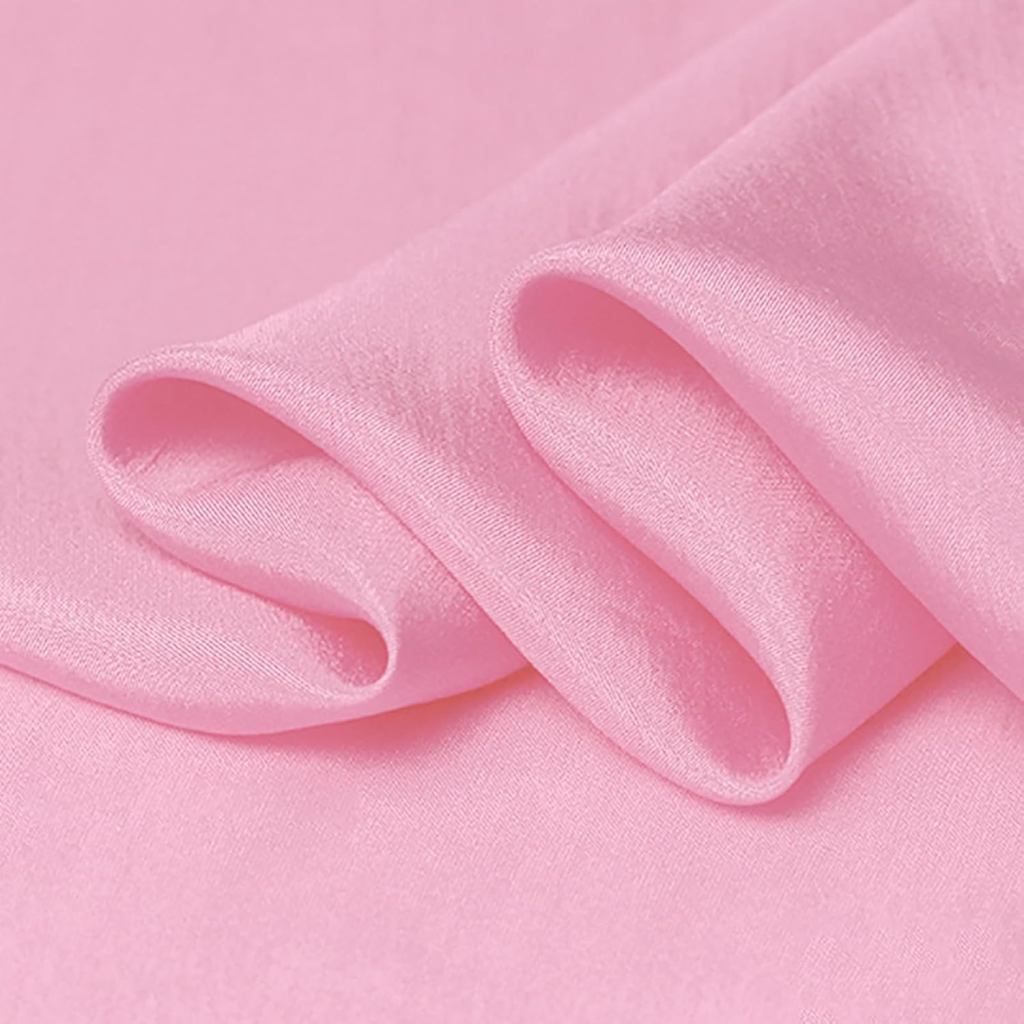
Product Description
Silk Habotai is a classic silk lining fabric, usually in widths of 45″ or 54″. It is lightweight, breathable, and luxurious. It is frequently used in high-end garments such as bridal gowns, couture dresses, and delicate satins.
Key Features
- Pure silk composition
- Lightweight — ideal for light to medium-weight satin
- Soft and breathable
- Natural fiber — good for skin
- Subtle luster
Pros
- Feels luxurious against the skin
- Excellent breathability — keeps wearer cooler
- Beautiful drape and movement
- Natural and premium quality
Cons
- Quite pricey compared to synthetic or rayon alternatives
- Requires gentle care — dry cleaning preferred
- More delicate — can snag easily
- Narrower widths sometimes, requiring seams
Recommendation
For bridal gowns or high-end satin dresses where you want top-tier performance and luxury, silk Habotai is hard to beat. It’s an investment, but one that shows in comfort, touch, and longevity.
3. Polyester Acetate Lining (Glossy Finish) – 58″ Width
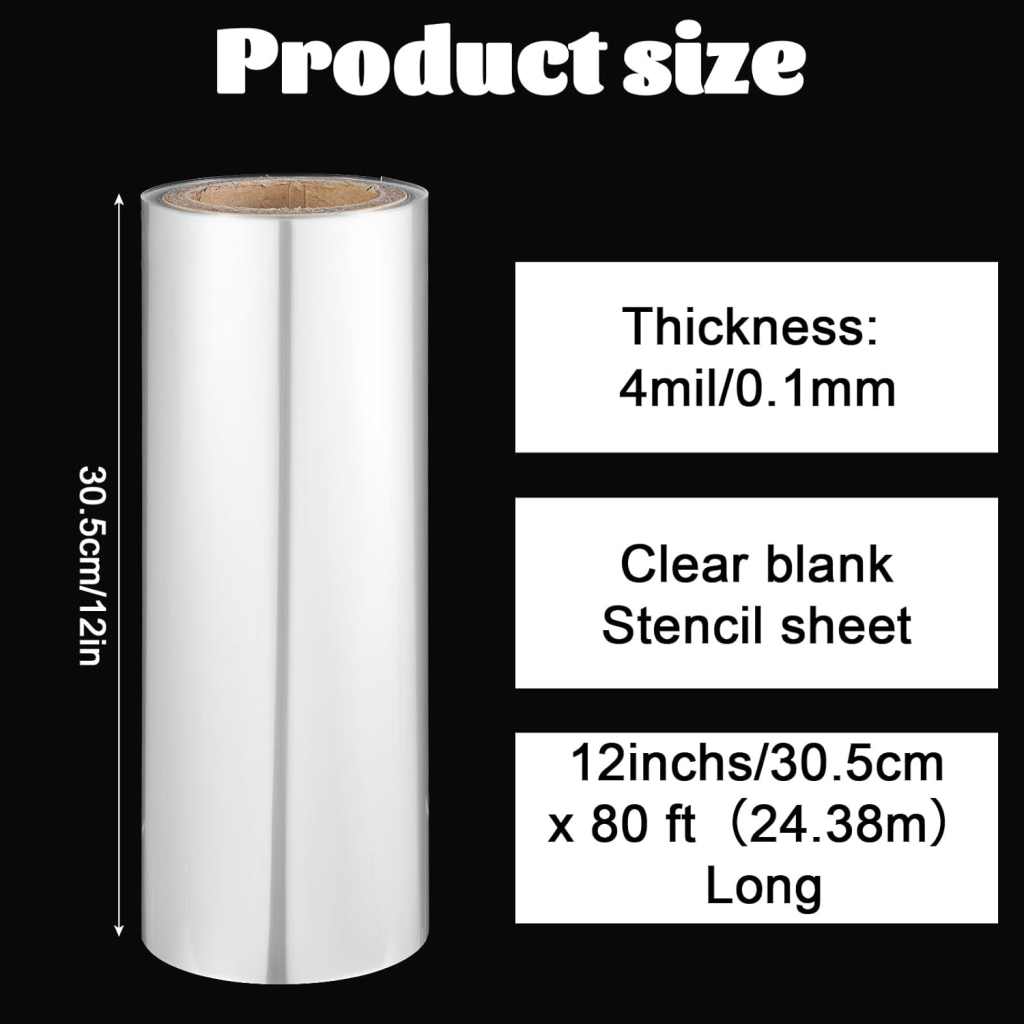
Product Description
This is a polyester-acetate blend lining fabric, with a slightly glossy finish. It’s commonly used for linings in dresses, skirts, jackets, and other garments where affordability and surface slip matter. It’s available in many colors and is durable for regular wear.
Key Features
- 58″ (≈147 cm) width
- Glossy or semi-gloss surface
- Moderate weight — balances structure and fluidity
- Easy to dye (for many color options)
- Machine washable (in many cases)
Pros
- Affordable and widely available
- Good durability
- Has sufficient body to reduce cling without bulk
- Easy to care for (in many cases)
Cons
- Less breathable than natural or rayon linings
- May produce static in dry climates
- Gloss may show inside seams or edges
- Not as luxurious to the touch
Recommendation
This polyester-acetate lining is a practical choice for many satin dresses where budget is a concern. It won’t feel as luxe as silk or rayon, but for everyday formalwear or moderate-use garments, it provides a good balance of cost, performance, and ease of maintenance.
4. Cotton Voile Lining Fabric – 44″ Width
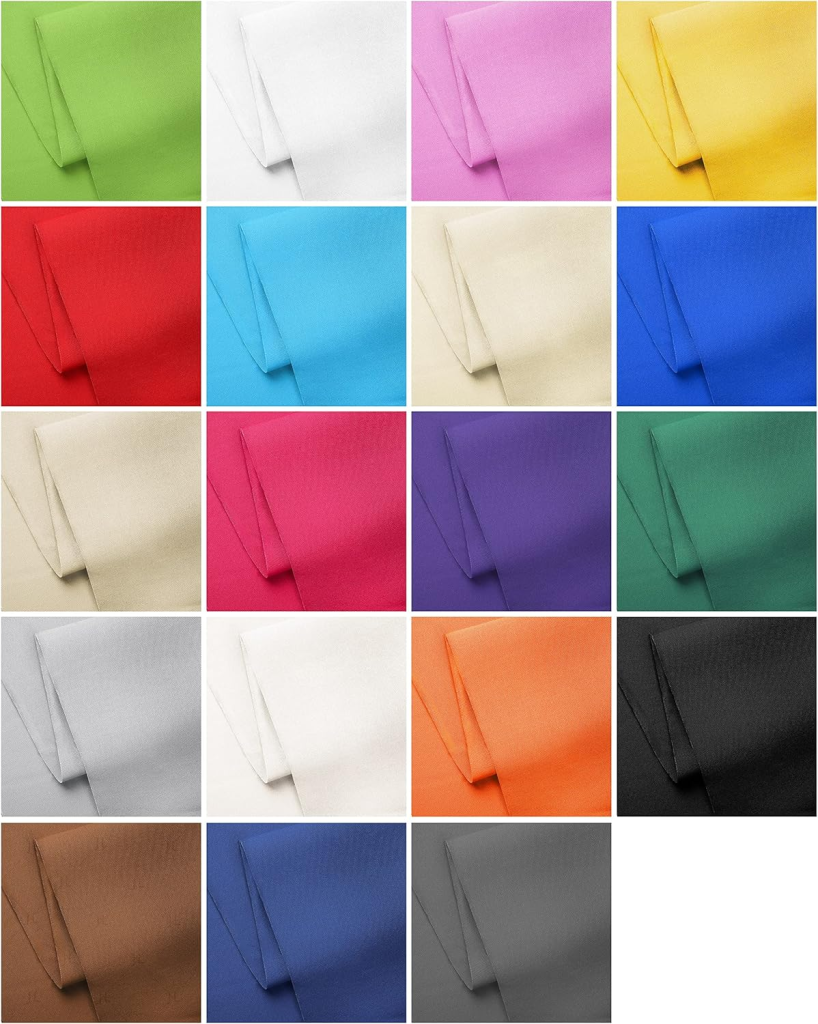
Product Description
Cotton voile is a lightweight, semi-sheer cotton fabric. As a lining, it offers natural fiber comfort and breathability, making it ideal for warmer climates or dresses that need airflow. It’s often used in casual satin dresses or dresses meant for full-day wear.
Key Features
- 44″ (≈112 cm) width
- 100% cotton
- Lightweight and breathable
- Soft matte finish
- Easy to sew and handle
Pros
- Excellent comfort and breathability
- Less static than synthetics
- Easier to sew for beginners
- Machine-washable
Cons
- May be slightly sheer — may need double layers for opacity
- Lacks the slip and glide of silk or rayon
- Might restrict drape — can feel stiffer under satin
- Fewer color-matching options
Recommendation
If your satin dress is for warm weather, daytime events, or casual wear, a cotton voile lining gives natural comfort. It’s a good choice when breathability and cost-savings are priorities—just be mindful of how it affects the drape.
5. Stretch Lining Fabric with Spandex Blend

Product Description
This is a knit or woven lining fabric with stretch — often made from a blend of polyester or nylon with spandex (2–8% stretch). It provides flexibility and allows movement, which is especially useful under fitted satin dresses, mermaid cuts, or silhouette gowns.
Key Features
- 4-way or 2-way stretch
- Smooth surface
- Medium weight — balanced support and flexibility
- Compatible with stretch satin
Pros
- Enables comfortable movement and stretch
- Helps maintain silhouette without pulling
- Reduces strain on seams
- Good for fitted designs
Cons
- Stretch may be limited in color and texture options
- Can be trickier to sew (requires stretch stitches or serging)
- May show through very thin outer fabrics
Recommendation
For satin dresses that demand movement—such as fitted or body-hugging styles—opt for a stretch lining. It ensures you can sit, walk, and dance comfortably without the lining resisting motion.
6. Acetate Satin Lining – Elegant Glossy Acetate
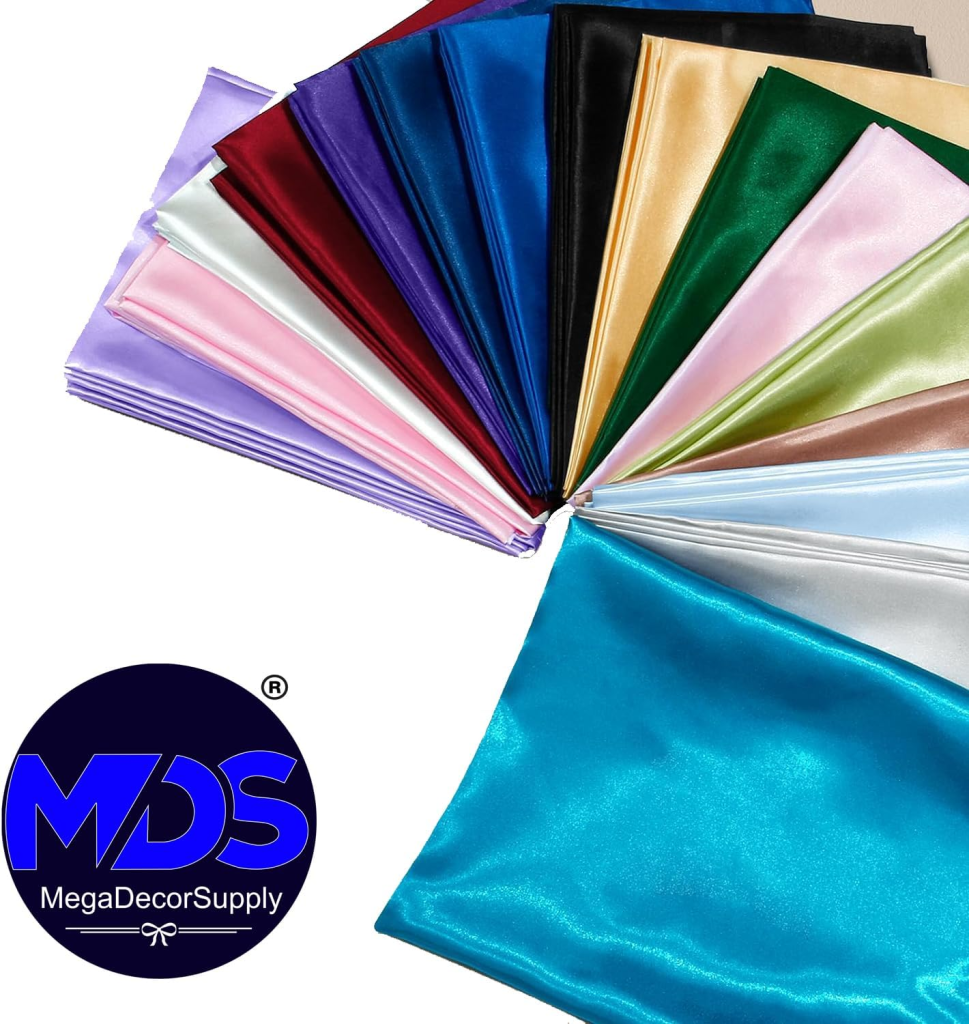
Check price on Amazon
Product Description
This is a full acetate satin lining — it offers a glossy, smooth finish that complements the sheen of satin. While heavier than lightweight linings, it provides a luxurious internal surface and helps the outer satin layer slide over it gracefully.
Key Features
- High-gloss satin face
- Moderate weight to support structure
- Smooth, low-friction surface
- Good color range
Pros
- Luxurious sheen complements outer satin
- Helps the garment glide easily
- Offers a crisp internal surface
- Works well for evening gowns and formal attire
Cons
- Heavier than other lining options
- Less breathable than natural or rayon linings
- Can be more prone to wrinkling
- Requires careful pressing
Recommendation
This acetate satin lining is a smart choice for more formal or statement satin dresses where you want the interior to look as elegant as the exterior. If breathability is less of a priority (say, in cooler weather or with short wear duration), this can be a striking option.
Summary & Final Recommendations
When selecting among these six lining fabric options, consider:
- For luxury and comfort: Choose Silk Habotai or Rayon Bemberg.
- For budget-friendly everyday wear: Go with Polyester Acetate Lining.
- For breathability in warm climates: Use Cotton Voile Lining.
- For fitted or stretch designs: Choose a Stretch Lining Fabric.
- For formal, glossy effect: Use Acetate Satin Lining.
How to Wash Lining Fabrics for Satin Dresses (and Important Cautions)
Because lining fabrics vary greatly in fiber content and weave, washing and care methods depend on the specific material you choose. Below is a detailed washing and caution guide for each type of lining commonly used in satin dresses — including what to do, what to avoid, and how to keep your garments in pristine condition.
🧼 1. Silk Habotai Lining – Gentle Hand Wash or Dry Clean Only
How to Wash:
- Always check the garment label first — most silk-lined satin dresses require dry cleaning.
- If hand-washing is permitted, use cold water and a mild silk detergent or baby shampoo.
- Submerge the fabric gently and move it in the water without twisting or wringing.
- Rinse thoroughly with cold water.
- Roll the dress in a soft towel to absorb excess moisture.
- Air-dry flat on a drying rack or hanger away from direct sunlight.
Caution:
- Never use bleach or harsh detergents — they damage silk fibers.
- Avoid soaking for too long.
- Do not wring or twist; this causes distortion and wrinkles.
- Iron on the lowest setting, and always use a press cloth to protect the fabric’s sheen.
- Store in a breathable garment bag, not plastic, to prevent yellowing.
🧺 2. Rayon Bemberg Lining – Hand Wash or Machine Wash on Delicate
How to Wash:
- Rayon Bemberg should be hand-washed in cool water or machine-washed on a gentle cycle using mild detergent.
- Turn the dress inside out before washing.
- Use a mesh laundry bag to protect the delicate lining.
- Rinse thoroughly to remove detergent residues.
- Lay flat or hang to air-dry — avoid tumble drying.
Caution:
- Rayon shrinks easily if exposed to hot water or high heat.
- Avoid wringing or stretching while wet.
- Iron on a low to medium heat setting while the fabric is slightly damp.
- If unsure, dry cleaning is the safest option for rayon-lined satin dresses.
👗 3. Polyester or Acetate Lining – Machine Washable with Care
How to Wash:
- Most polyester and acetate linings can be machine washed using cold or lukewarm water on a delicate cycle.
- Use a mild detergent and avoid bleach.
- For acetate, choose cool water only, as heat can cause melting or distortion.
- Hang or line-dry the garment; avoid high tumble dryer settings.
Caution:
- Do not expose acetate to hot water or dryers — it loses shape and shine.
- Iron on the lowest heat setting or use a steamer.
- Avoid washing acetate-lined satin dresses frequently — spot clean when possible.
- Never store damp polyester or acetate garments in closed spaces; it can lead to mildew.
🌿 4. Cotton Voile or Lawn Lining – Easy to Wash, Handle Gently
How to Wash:
- Cotton voile linings are machine washable with cold or lukewarm water.
- Use a gentle detergent without bleach.
- Set your machine to a delicate or hand-wash cycle.
- After washing, shake out wrinkles and air-dry flat or hang-dry.
- Iron on a medium setting while the fabric is still slightly damp for the best finish.
Caution:
- Avoid high-heat drying, which can cause shrinkage.
- Do not bleach, as it weakens fibers and dulls color.
- Pre-wash cotton voile before using it as lining to prevent future shrinkage in your finished satin dress.
💃 5. Stretch Lining (Polyester or Spandex Blend) – Cold Wash Only
How to Wash:
- Turn the garment inside out to protect the stretch fibers.
- Wash in cold water on a gentle cycle with a mild, non-alkaline detergent.
- You can hand wash if preferred — avoid twisting or scrubbing.
- Air-dry flat to maintain shape and elasticity.
Caution:
- Never use hot water or tumble dry; heat breaks down spandex fibers.
- Avoid fabric softeners — they reduce elasticity.
- Use a cool iron only with a press cloth.
- Store folded or hung carefully to prevent stretching or distortion.
✨ 6. Acetate Satin Lining – Dry Clean Recommended
How to Wash:
- Most acetate satin linings should be professionally dry cleaned.
- If washing at home, use cold water and a detergent for delicate fabrics.
- Soak gently and rinse without rubbing.
- Air-dry by laying flat on a clean towel.
Caution:
- Avoid wringing or scrubbing — acetate fibers are fragile when wet.
- Keep away from direct sunlight or high heat, which can fade or warp the fabric.
- Iron inside out on a low setting with a protective cloth.
- Store flat or hung in a cool, dry space to prevent wrinkles and moisture damage.
🔍 General Cautions for Washing Satin Dresses with Linings
Regardless of the lining material, here are universal care tips to ensure your satin dress remains in pristine condition:
- Spot Clean First: Before washing the entire garment, test cleaning on an inconspicuous area to ensure no discoloration occurs.
- Avoid Hot Water: Satin and most linings can lose their luster or shrink when exposed to heat.
- Do Not Over-Agitate: Whether washing by hand or machine, excessive agitation can damage delicate weaves.
- Dry Flat or Hang on Padded Hangers: Avoid wire hangers that can distort the shoulder shape.
- Steam Instead of Ironing When Possible: Steaming helps remove wrinkles without risking scorch marks.
- Use Garment Bags for Storage: This prevents dust and moisture from settling into the fabric.
- Separate by Color: Wash light and dark garments separately to prevent color transfer between satin and lining.
🧵 Expert Tip for Satin Dress Owners
If your satin dress is lined with mixed materials (e.g., satin outer layer and rayon or silk lining), always follow the most delicate care instructions between the two fabrics. For instance, if your lining is silk but your satin is polyester, treat the entire dress as if it were silk — meaning hand wash or dry clean only.
For long-term preservation, especially for wedding or evening gowns, consider professional dry cleaning and storage in acid-free tissue paper to maintain the integrity of both satin and lining fabrics.
❓ Frequently Asked Questions (FAQs) about the Best Lining for Satin Dress
1. What is the best lining for a satin dress?
The best lining for a satin dress depends on the purpose of the dress and your budget. For luxury gowns or bridal wear, silk Habotai or rayon Bemberg are top choices because they’re smooth, breathable, and glide beautifully under satin. For more affordable or casual dresses, polyester or acetate linings work well. If you need comfort in hot climates, cotton voile is ideal, and for fitted dresses, a stretch lining with spandex ensures flexibility.
2. Why is lining necessary for satin dresses?
Lining enhances comfort, durability, and the professional finish of a satin dress. It prevents the fabric from clinging to the body, improves structure, hides seams, and extends the dress’s lifespan. It also prevents transparency in lighter-colored satin dresses.
3. Can I skip the lining in a satin dress?
Technically, you can make a satin dress without a lining, but it’s not recommended. Without lining, the satin might cling, wrinkle, or show inner seams. Moreover, unlined satin dresses tend to feel less comfortable and wear out faster due to sweat and friction.
4. Which lining is best for hot weather?
In hot or humid climates, opt for cotton voile, rayon, or silk Habotai linings. These fabrics are breathable and wick moisture, keeping you cool and comfortable even during long wear. Avoid heavy polyester linings, as they can trap heat.
5. How do I match lining color with satin fabric?
The lining color should blend seamlessly with your satin fabric. For light-colored satin, choose nude, white, or ivory linings. For dark or vibrant satin, match the tone with similar hues like black, navy, or deep red. Avoid contrasting colors unless used intentionally for design effects.
6. Can I machine wash a satin dress with lining?
It depends on the materials. If both satin and lining are synthetic (like polyester), you may machine wash on a gentle, cold cycle. However, for natural fabrics like silk or rayon, hand washing or dry cleaning is safer to prevent shrinkage and distortion.
7. What is the most affordable lining for satin dresses?
Polyester lining is the most budget-friendly option. It’s durable, widely available, and easy to maintain. While it’s less breathable than silk or rayon, it provides a smooth surface that works well with most types of satin.
8. How can I avoid static cling between satin and lining?
Choose anti-static linings like rayon or silk, which naturally reduce static. You can also lightly mist the lining with an anti-static spray or use a humidifier in dry conditions. Avoid overly synthetic fabrics that tend to build static electricity.
9. Should the lining fabric stretch with the satin?
If your satin fabric has stretch (such as stretch charmeuse), then yes — your lining should have similar stretch. Use spandex-blend linings to maintain comfort and prevent seams from tearing when the garment moves.
10. How do I care for a lined satin dress?
Always follow the most delicate care instruction between your satin and lining fabrics. Generally, avoid hot water, wringing, or harsh detergents. Dry cleaning is ideal for delicate or expensive dresses. Store them in breathable bags and avoid direct sunlight to maintain color and texture.
🩵 Conclusion: Elevate Your Satin Dress with the Perfect Lining
Choosing the best lining for satin dress can completely transform how your garment looks, feels, and lasts. The right lining not only provides comfort but also enhances drape, prevents transparency, and gives your dress a high-end finish from the inside out.
For luxury or bridal pieces, silk Habotai or rayon Bemberg are unmatched in quality and breathability. If you’re on a budget, polyester and acetate linings deliver durability and smoothness at an affordable cost. For everyday comfort, cotton voile ensures airiness, while stretch linings add movement and flexibility to fitted designs.
No matter which type you choose, remember that the lining is more than just an inner layer — it’s the hidden foundation that defines how beautifully your satin dress fits, moves, and endures. With thoughtful selection and proper care, your satin dress will maintain its elegance, comfort, and timeless appeal for years to come.
